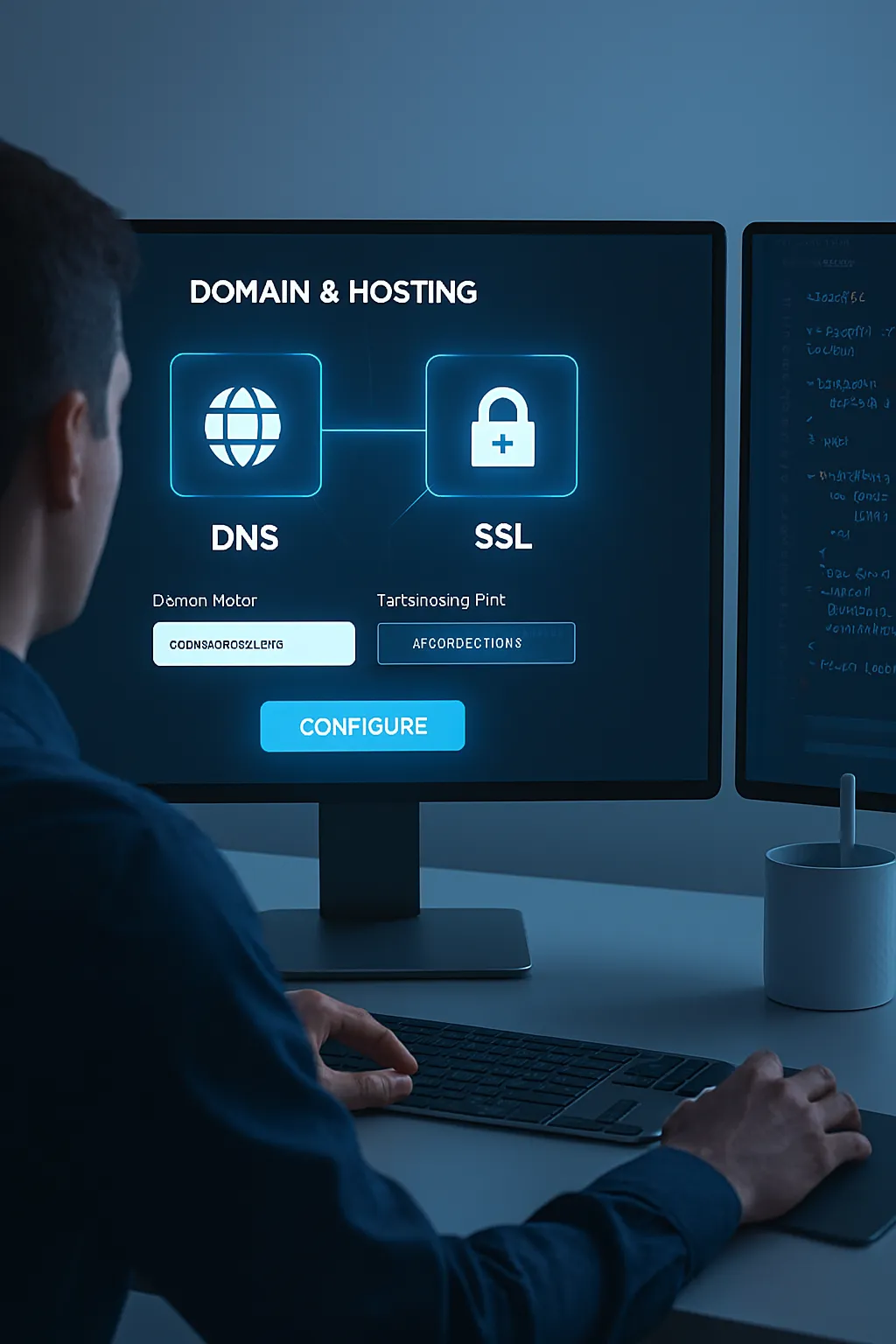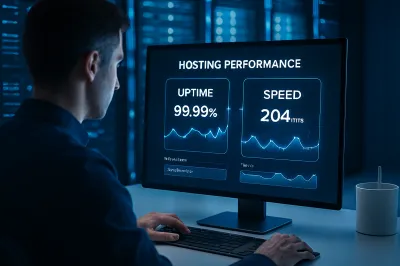Introduction
Behind every successful website lies a solid foundation — a reliable domain name and web hosting environment.
While design and content often steal the spotlight, the technical setup of your domain and hosting determines how accessible, secure, and fast your website performs.
This article explores the technical and strategic aspects of domain and hosting setup — helping beginners and professionals alike understand how to build a website infrastructure that’s optimized for SEO performance, user trust, and Google AdSense approval.
1. Understanding the Core Concepts
a. What Is a Domain Name?
A domain name is your website’s digital address — the URL that users type into their browsers to reach your site (e.g., example.com).
It connects to your web server via the Domain Name System (DNS), which translates human-readable names into machine-readable IP addresses.
A well-chosen domain:
-
Enhances brand identity
-
Builds trust and credibility
-
Affects SEO and click-through rates
b. What Is Web Hosting?
Web hosting is the service that stores your website’s files, databases, and scripts, making them accessible online.
When users visit your domain, hosting servers deliver your site’s content to their browsers.
Common hosting types include:
-
Shared Hosting – cost-effective, suitable for small sites
-
VPS Hosting – balanced power and control
-
Dedicated Hosting – full resources for high-traffic websites
-
Cloud Hosting – scalable and flexible for modern web apps
2. Choosing the Right Domain Name
Selecting the perfect domain is both an art and a science.
Key Principles:
-
Keep It Short and Memorable – Avoid long or complex names.
-
Use Keywords Naturally – e.g.,
learncoding.comorgreentechhub.com. -
Prefer .com or Local TLDs – Users naturally trust
.com,.org, and country codes like.co.thor.co.uk. -
Avoid Hyphens and Numbers – They reduce credibility and are hard to recall.
-
Check Trademark Conflicts – Prevent future legal or SEO penalties.
Pro Tip 💡: Use tools like Namecheap, GoDaddy, or Google Domains to check availability and domain history before purchasing.
3. Selecting the Best Web Hosting Provider
A reliable hosting provider ensures your website stays online 24/7 with optimal speed and security.
Important Factors to Evaluate:
-
Uptime Guarantee (99.9% or higher) – Keeps your site available to users and search engines.
-
Server Speed – Impacts both SEO rankings and user satisfaction.
-
SSL Certificate Support – Enables HTTPS, crucial for AdSense and Google trust.
-
Customer Support – Look for 24/7 live chat and quick response times.
-
Scalability – The ability to upgrade resources as your traffic grows.
Popular and trusted hosting providers in 2025 include Hostinger, SiteGround, A2 Hosting, and Cloudways.
4. Connecting Your Domain and Hosting
Once you’ve purchased both your domain and hosting, the next step is DNS configuration.
Step-by-Step Process:
-
Access DNS Settings in your domain registrar’s control panel.
-
Find the Nameserver Records (NS) — usually provided by your hosting company.
-
Example:
ns1.hostingprovider.com,ns2.hostingprovider.com
-
-
Update Nameservers and save changes.
-
Wait for DNS propagation (usually 1–24 hours) to take effect globally.
After propagation, visiting your domain (e.g., yourdomain.com) will automatically direct users to your hosted website.
5. Installing SSL for Security and AdSense Compliance
Google emphasizes HTTPS security as a ranking factor and a requirement for AdSense approval.
How to Install SSL:
-
Most hosting providers offer free SSL (Let’s Encrypt).
-
In cPanel or Plesk, find the SSL/TLS section → install certificate → enable HTTPS redirection.
-
Verify your installation via SSL Labs Test.
Benefits:
-
Encrypts user data
-
Boosts SEO ranking
-
Displays the secure padlock icon in browsers
6. Optimizing Hosting for SEO and Performance
Technical performance directly affects how search engines rank your site.
To optimize hosting for SEO:
-
Enable caching and GZIP compression
-
Use CDN services (e.g., Cloudflare, Bunny.net) for faster global delivery
-
Choose a server location close to your target audience
-
Limit the use of heavy scripts and large images
Google’s Core Web Vitals — particularly Largest Contentful Paint (LCP) and Time to First Byte (TTFB) — are key metrics influenced by your hosting setup.
7. Preparing for Google AdSense Approval
A strong hosting and domain setup enhances your site’s chance of approval.
Checklist for AdSense Readiness:
✅ Secure domain (HTTPS)
✅ Fast-loading pages (under 2.5 seconds)
✅ Original, high-quality content
✅ No downtime or broken links
✅ Professional domain email (e.g., info@yourdomain.com)
A professional, technically sound website demonstrates reliability — exactly what Google AdSense looks for before approval.
Conclusion
Your domain and hosting setup forms the digital backbone of your online presence.
By choosing the right domain name, hosting provider, and security configurations, you’re not only ensuring website reliability but also establishing a strong foundation for SEO success and AdSense monetization.
Investing time in this setup phase will save you countless hours in the future — and pave the way for a site that loads fast, ranks high, and earns trust from both users and advertisers.





